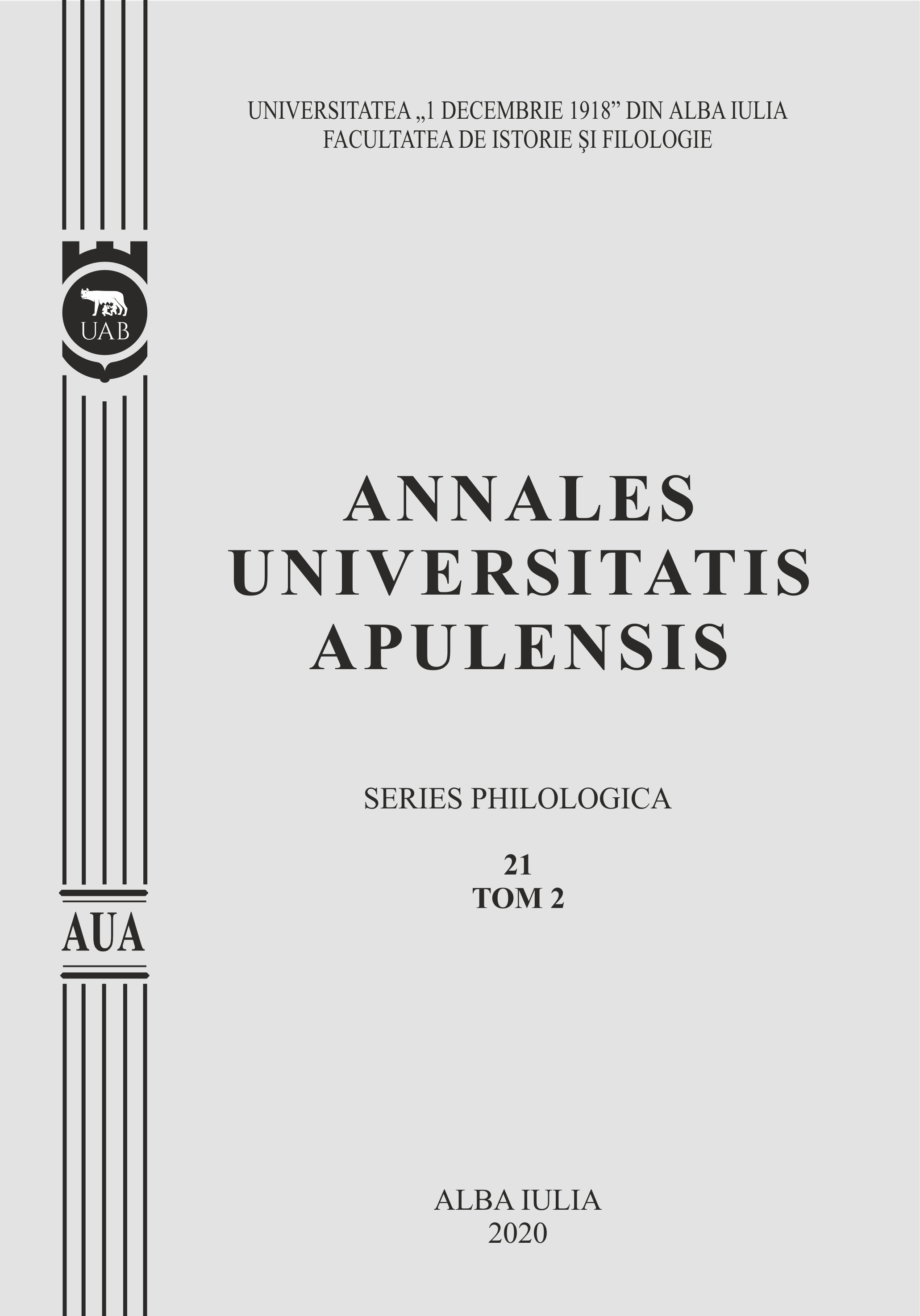LITERATURA PENTRU COPII ȘI ADOLESCENȚI, ÎNTRE PREJUDECATĂ ȘI GEN LITERAR AUTONOM
Literature for children and adolescents, between prejudice and autonomous literary genre
Author(s): Gianina-Cristina CiupuligăSubject(s): Language and Literature Studies, Studies of Literature, Comparative Study of Literature, Romanian Literature
Published by: Universitatea »1 Decembrie 1918« Alba Iulia
Keywords: children’s and adolescent literature; prejudice; minor literary genre; proper literature; childhood and adolescence; contemporary reception;
Summary/Abstract: Children’s and adolescent literature has always been perceived as a particular type of literature, specifically as a marginal type of literature: from a minor literature which has no place in proper literature, to a literature that has a decisive role in the childhood development. Thus, over time, this type of literature has received diverse meanings, such as controversial, reasoned or even unjustified meanings, maintaining, in some cases to today, the side of ambiguity.Children’s literature, especially the current one, is an insufficient critically treated literary field, on which there are prejudices that minimize the importance of this type of literature. Besides the studies which will be mentioned, in the Romanian literary area there is only a preoccupation for creating anthologies of texts and for describing them, more often in a didactic manner and not necessarily in a literary manner. However, children’s and adolescent literature is not only a type of literature with a formative purpose, but it represents proper literature (literature in the true sense of the word), a literature addressed to a certain target group (in this case children and adolescents between ten and fourteen).The aim of this paper is to present the actual perspective of children’s and adolescent literature relying on the scientific works from the field of Romanian literary studies. Adela Rogojinaru, in O introducere în literatura pentru copii, Florica Bodiștean, in Literatura pentru copii și tineret dincolo de „story”, and Mihaela Cernăuți-Gorodețchi, in Literatura pentru copii. Sinteză critică, insist on the disarticulation of the prejudice of minor literature, a preconceived idea which is applied with determination to this type of literature and which is debated and opposed by the few contemporary specialists in the field through the previously evoked arguments.Another aspect of this study focuses on the modification of the cultural codes, because known works from the past end up being forgotten in the present, and tradition becomes truly the antonym of modernity in the selection of texts addressed to children or adolescents. The target audience tends to choose its reading ’direction’ based on its relationship to contemporary reality. For example, children’s literature written after 2000 has specific notes, by presenting innovations at the level of discourse, but the general tendency is to characterize children’s and adolescent literature as an atemporal concept. Therefore, the history and configuration of the concept of children’s and adolescent literature in Romania is closely linked and related to the social and cultural context, but also to the marketing area. All these mentioned aspects contribute to the formation of an image of children’s and adolescent literature in the contemporary period.
Journal: Annales Universitatis Apulensis. Series Philologica
- Issue Year: 22/2021
- Issue No: 2
- Page Range: 161-168
- Page Count: 8
- Language: Romanian

